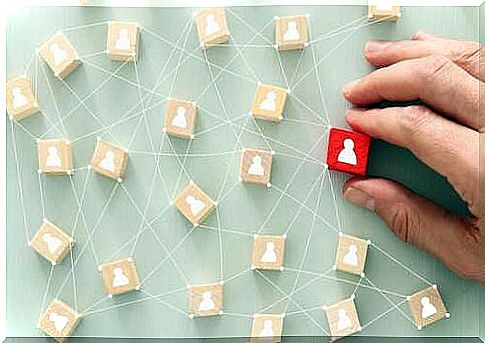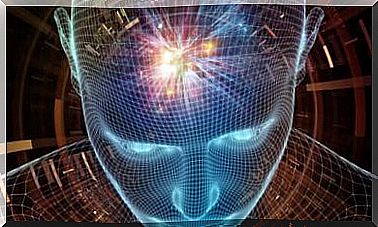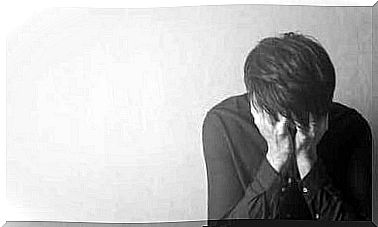Personality Theories: Does It Really Exist?

Personality is one of the main fields of study in psychology. Nonetheless, the different theories of personality have different inconsistencies.
We come across a multitude of models, with related updates, revisions and criticisms, which over the years have tried to define personality. Almost like studying chemistry with different periodic tables. Let’s try to go into this field.
The real paradox: the existence of the personality
Before analyzing the models and definitions of this concept, a question arises: does personality really exist? Can we safely say someone is nice the same way we say they are tall or short?
Eysenck or McCrae and Costa say yes, so much so that they have formulated the Big Five model of personality, perhaps the most famous and reproduced in psychology. This taxonomy is not only one of the cornerstones of personality psychology, but also the main reference model in diagnostic manuals. It is also appreciated by fans of factorial analysis and other techniques of synthesizing information through statistical processes. To a large extent, it is the daily bread of many psychologists.
In everyday life, however, you surely know someone who is particularly outgoing in one context, but introverted in another. Sometimes it’s not even necessary to switch contexts, as it’s common to swing between these two dimensions over the course of hours.
Talking about personality is already getting a bit complicated, don’t you think? If only we could simplify the information and say, quite frankly, that someone is neurotic and friendly, categorize them and take their mind off in a totally predictable way… but with the mind it doesn’t work that way.

Personality theories or illusion?
What if our belief in personality traits were just an illusion – like Santa Claus or the Blue Fairy – and people weren’t consistent between situations?
This possibility shook the foundations of personality psychology in the late 1960s when Walter Mischel published a book called Personality and Assessment .
In the text this psychologist considers various possibilities, but fails to define the psychology of personality. Not at least in the way Cain killed Abel or Nietzsche beheaded God. Mischel opted for a context-sensitive personality assessment.
The author states, for example, that in a dishonest person we can still notice a certain tendency to honesty in certain circumstances. Carlo can be honest when he doesn’t get an advantage by lying, but he could be dishonest in the opposite situation.
How can we define it, then? Carlo may be honest when he cares about his loved ones, but he may not be when there is money at stake. We are different people in all circumstances.
Returning to Mischel, according to this scholar, there are five variables to which a person’s behavior would be sensitive :
- Skills : at all levels. Physical, intellectual, social, etc.
- Cognitive strategies : ways to deal with related situations and experiences.
- Expectations : the consequences that the person expects for each option considered.
- Scale of personal values and self-concept : actions in tune with our scale of values.
- Self-regulation systems : the set of rules and norms to which people adapt to regulate their behavior.
Walter Mischel and personality
Personality theories have the most complex object of study: the human being. That is why it is good to make a clear distinction between popular beliefs and scientific knowledge.

Today psychology has not yet resolved the tangle of criticism of the theories of personality. However, there seems to be some consensus supporting a general trend.
If we put Francesco in front of 100 situations that tested his honesty, we could get the percentage in which he is honest and assign him a score based on the personality trait: he is honest at 65%.
But to what extent can we predict Francis’ behavior in a concrete situation only based on this information? They could offer him a lot of money in exchange for a lie. Francesco, however, will seem honest to us, because he does not have liquidity problems nor does he have great aspirations in this regard.
The problem is that we actually have very limited information about the person in front of us, for example we generally ignore their current account balance; or maybe yes, but not that of his brother who instead needs the money.
Personality theories vs practice
In methodology there is a malevolent certainty: we can say that a people measures on average “X” centimeters, but there may not be any person with that exact height. To a large extent, therefore, personality psychology encounters serious difficulties in applying theoretical models to reality.
A young Foucault was already aware that “the dialectical nature of the individual’s relationship with his environment forces psychopathology to assume a necessarily ecological perspective, eliminating the possibility of considering the sick individual in isolation” (Novella, 2009).
As far as teaching is concerned, the theories are perfect to be presented in a Power Point presentation in the classroom, but outside this context there are several problems. The theory seems to have run out of steam, and has largely survived thanks to the rise of positive psychology.
It will be the data, which prevail over reflection, to guide us towards a solution. Therefore, paradigms like the IRT one could become the rope that allows us to get out of the well. Having said that, we leave with some music.









